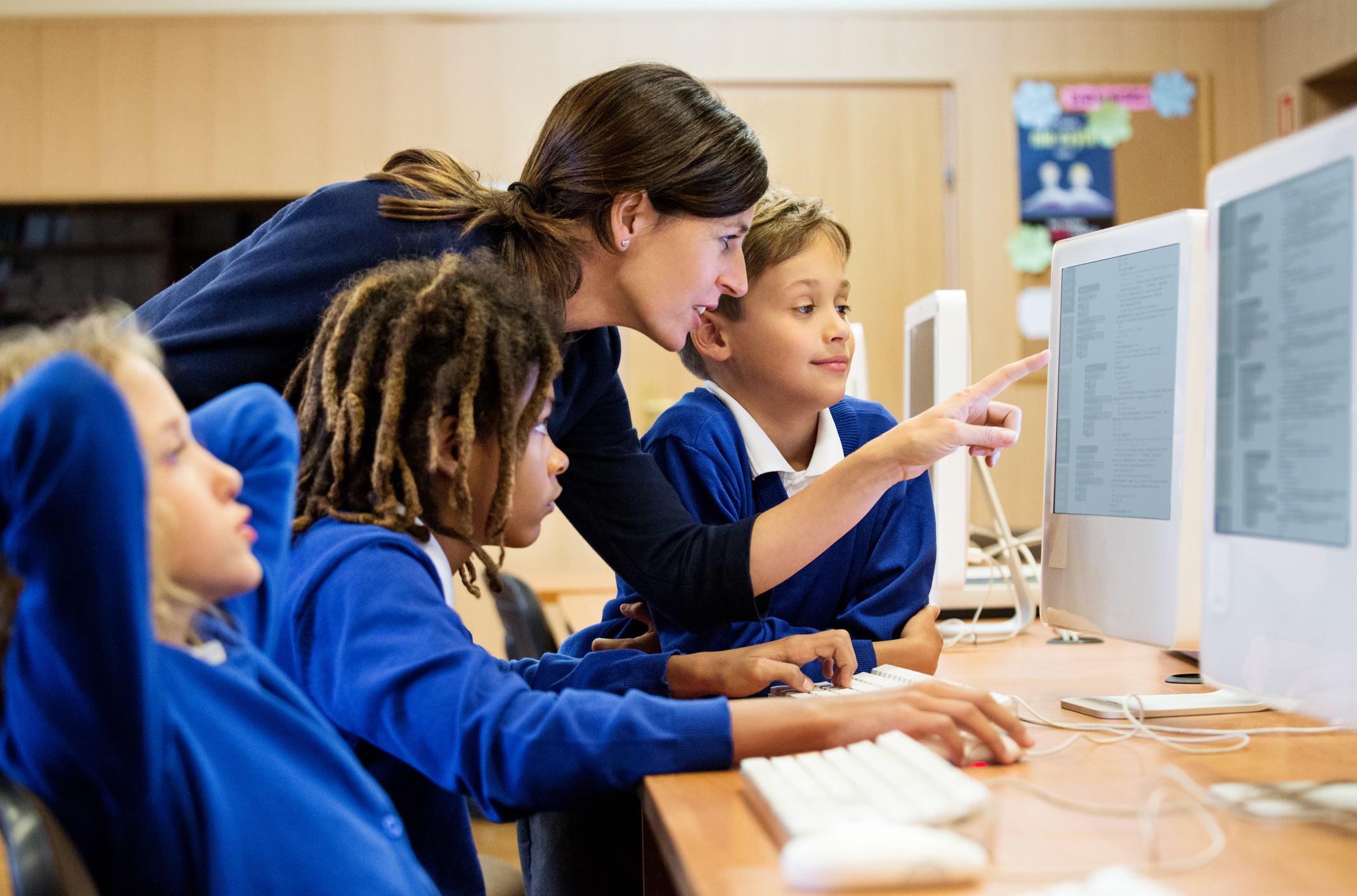
"Students don’t care how much you know until they know how much you care." This quote speaks to a fundamental truth: the strength of the connection between teachers and students has a profound impact on their emotional wellbeing. When students feel seen and valued by their teachers, it creates a foundation of trust, safety, and support. But why exactly is this connection so important for student wellbeing? And how can teachers foster these meaningful relationships in ways that truly make a difference? Let’s explore.
The Importance of Emotional Connection
At the core of any strong teacher-student relationship is trust. Trust creates a sense of safety, a space where students feel they can be themselves without fear of judgment. When students know their teacher cares about them beyond just their academic performance, they are more likely to feel secure and confident in themselves.
When emotional needs are met, students are better equipped to cope with challenges, manage their emotions, and feel supported through the ups and downs of school life. A teacher who builds this connection is not only providing academic support—they’re also helping to nurture a student’s emotional health.
Engagement Through Care
Engagement isn’t just about participation in class discussions—it’s about emotional investment. When students feel emotionally connected to their teacher, they are more likely to be open about their feelings and needs. This kind of connection allows teachers to gauge how students are really doing and step in when necessary, offering a kind word or support when things feel tough.
By showing that they care about a student’s emotional wellbeing, teachers create an environment where students feel safe to express themselves and seek help when needed. This makes all the difference in building resilience and emotional health.
What’s Changed in Recent Years?
In recent years, there have been significant shifts in education that have highlighted the importance of the teacher-student connection more than ever.
Digital Learning: The rise of digital platforms and online education, while expanding access to learning, has made it harder for teachers to connect with students on a personal level. Research from the American Psychological Association has shown that digital learning environments, while effective academically, often lack the emotional connection that traditional classrooms provide, leaving students feeling isolated.
Increased Mental Health Focus: In response to growing concerns about student mental health, many schools have integrated mental health support into their curricula. Studies, such as those from the National Education Association, suggest that when teachers take an active role in monitoring and supporting students' emotional wellbeing, it leads to improved academic and behavioural outcomes.
The shift towards a more holistic approach to education, which includes a focus on mental health, has underlined the critical need for teachers to build strong emotional connections with their students.
The Power of Regular Check-ins: “How Are You Feeling?”
One of the simplest yet most powerful ways to strengthen the teacher-student connection is by asking, "How are you feeling?". Weekly wellbeing check-ins can be a game-changer. When teachers make a habit of checking in with their students, it signals to them that their emotional wellbeing is just as important as their academic progress. It’s a small act that creates space for reflection, helps students build self-awareness, and reminds them that their teacher sees them beyond the classroom tasks.
These weekly check-ins also allow teachers to spot any early signs of stress or disengagement, offering an opportunity to provide support before problems escalate. It’s not about solving every issue on the spot—it’s about creating an environment where students feel comfortable sharing, knowing that their teacher will listen and care.
By making the question “How are you feeling?” a regular part of the classroom routine, teachers provide students with a moment of pause to reflect on their emotions. This space for self-reflection is crucial for helping students develop emotional intelligence, which has been shown to improve both academic performance and social interactions.
Creating a Culture of Care
When students know their teacher genuinely cares about their wellbeing, they are more likely to trust that teacher, engage in their learning, and reach out when they need help. By creating a culture of care in the classroom, where teachers regularly check in and listen, you’re not just teaching students—you’re shaping their emotional resilience and building a foundation for lifelong learning.
Moving Forward: Building Connections with Every Student as Soon as Possible
The importance of teacher-student relationships cannot be overstated. While academics are critical, the emotional connection between teacher and student is what truly drives success. When students feel seen and heard, they become more engaged, motivated, and confident in their abilities.
A recent University of New Zealand report “Searching for Utopia: What our education system must confront and what it could be” highlights how social capital within the walls of the school—peer relationships, teacher-to-student relationships, and teacher-to-teacher relationships—as well as social capital outside the school, such as connections to families and communities, are closely linked to improved educational outcomes. Schools have a significant role to play in supporting this social capital, especially in a time when social institutions are in decline, and social cohesion is becoming increasingly fragile. However, the report notes that schools cannot fulfill this role effectively without the necessary resources and structural support.
Building these connections early in the school year—ideally from day one—sets the tone for a positive and supportive learning environment. By incorporating regular wellbeing check-ins into your teaching routine, you create an opportunity for connection and reflection right from the start. It’s a simple practice, but one that sends a powerful message: "I see you. I care about how you’re feeling. You matter." And that message makes all the difference when it comes to student engagement and success.
If you're looking for ways to support your students' emotional wellbeing and creating connections, talk to us today.
Book a demo
